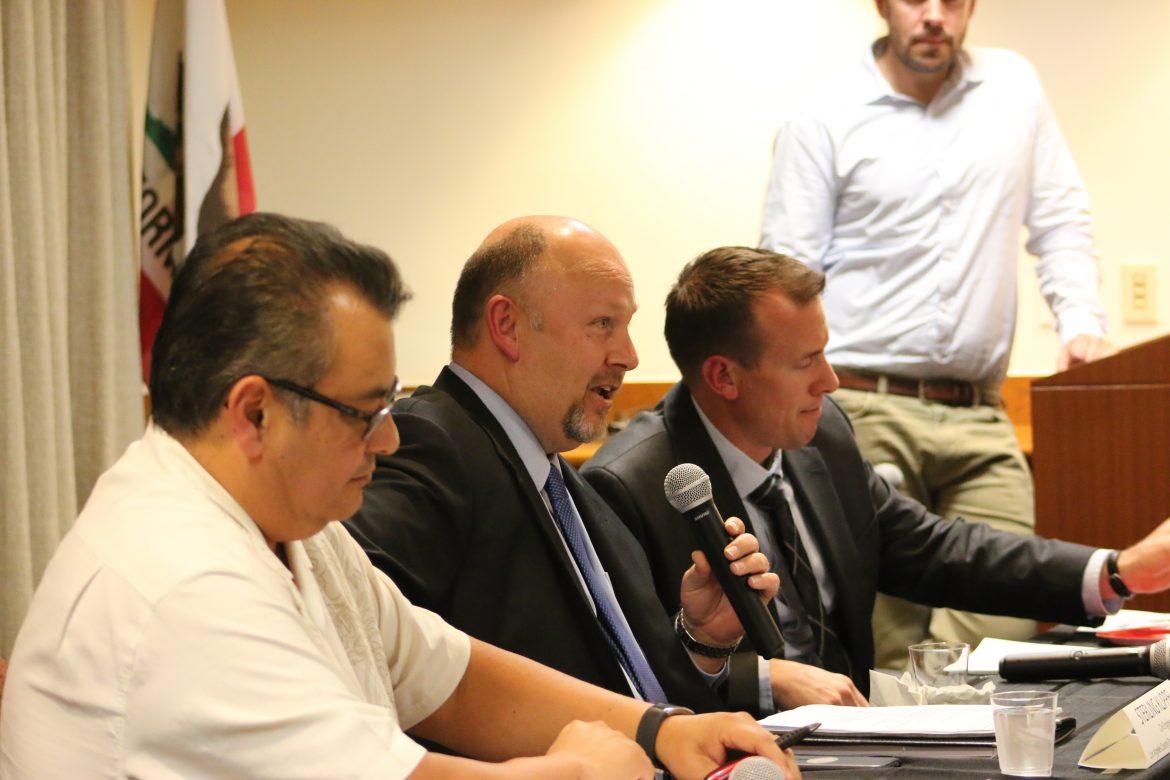The College of Social and Behavioral Sciences hosted “The Policy and Legal Challenges of Distributed Groundwater Recharge” presentation and panel discussion on Tuesday night at the Whitsett Room.
All attendees, from students to professors, had a chance to submit questions and acquire information from expert panelists on the importance of groundwater utilization in the LA area. Groundwater contamination is an issue that majority of panelists agreed can disrupt the flow of the groundwater movement which can be unsafe for residents that use the water.
Chris Repp, water rights and groundwater management acting manager for LADWP, introduced informative slides on LA’s water source and the use of groundwater.
“There is resilience in groundwater recharge,” Repp said as he introduced the groundwater project, which involves storing large amounts of water from various sources that include remediating wells, replacing aging infrastructure and hydraulics.
Panelists Repp, Julie Conboy Riley, Ken Ortega, Richard C. Slade and Sterling Klippel discussed various aspects on the groundwater movement which comprised of legal, economical and policy issues they faced.
Julie Conboy Riley, Deputy City Attorney at the LADWP, said that although California receives a lot of water from aqueducts, residents still need to conserve water.
The cost of building wells, infrastructure and pumping can increase in urban areas due to lack of open space, according to Ortega.
The project is funded through Proposition 1 Integrated Regional Water Management Grant Program and administered by the California Department of Water Resources, which provides funding for projects that help meet long term water needs, according to the DWR site.
In hopes to continue the century-long project of the sustainable groundwater project, panelists stress the involvement of college students from various departments such as geology, geography, engineering and political science.
Danielle Bram, director of the Center For Geographical Studies at CSUN, collaborated with the Center for Urban Water Resilience, Center for Geographical Studies and Council for Watershed Health to bring focus to the water issue.
“Our population is growing and at this rate, we need to change how we obtain water,” she said.
For more information on the StormWater Capture Master Plan (SCMP) and Urban Water Management Plan (UWMP), students can visit the LADWP website.





